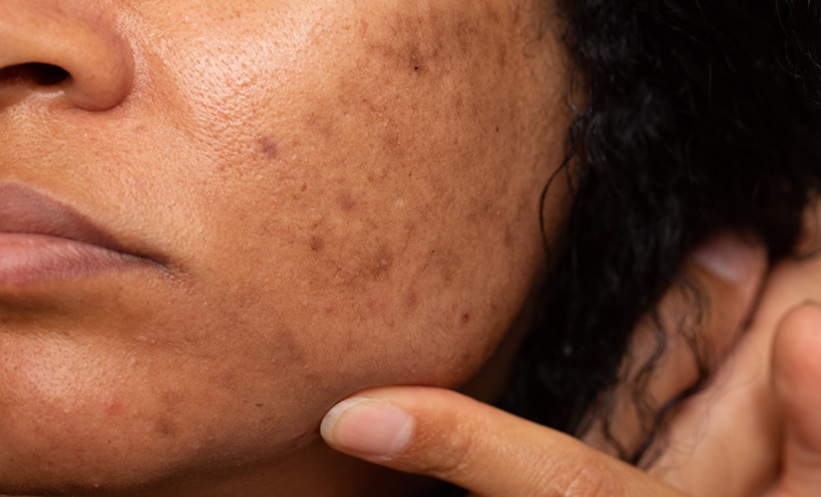BREAKING data from the team at Icahn School of Medicine at Mount Sinai, New York City, USA, outlines the uniquities in the atopic dermatitis (AD) molecular phenotype among patients from African and African American ethnicities. Both East African and African American patients with AD were found to have skin phenotypes with T helper (Th) 2 cell skewing, which as a result showed less noticeable dysregulation but broader attenuation of lipid metabolism products.
Lesional and non-lesional skin samples were collected from a total of 60 patients: 10 from East Africa and Tanzania, 25 African Americans, and 25 European Americans. Samples were also collected from 60 controls matched for age and ethnicity. The levels of immune genes and barrier lipid products were investigated.
All test groups demonstrated an upregulation of key AD immune genes, including T cell activation and recruitment markers Th2 and Th22. Regarding innate immune genes IL-6, IL-17, and the Th1 axis, East African patients did not show upregulation while both European American and African Americans did. All groups demonstrated significant downregulation of barrier lipid products. However, this downregulation was most significant in East African and African American patients when compared with European American patients. Only the European American group demonstrated a more robust downregulation of proliferation markers such as FLG, LOR, and PSORS1C2 genes.
Lead author, Esther Del Duca, Laboratory of Inflammatory Skin Diseases at Mount Sinai, commented: “While the molecular phenotype of AD has been well characterised in the literature, most of the research focuses on patients of European ancestry, and there is a dearth of studies examining patients with AD of African descent and especially in patients in Africa.” Del Duca added that the distinct molecular differences “can inform clinical presentation and potential treatment options.” Further, large-scale, investigation into the observed downregulation of lipid metabolism markers among East African patients would further enable the characterisation of chronic skin disease at a molecular phenotype level.








